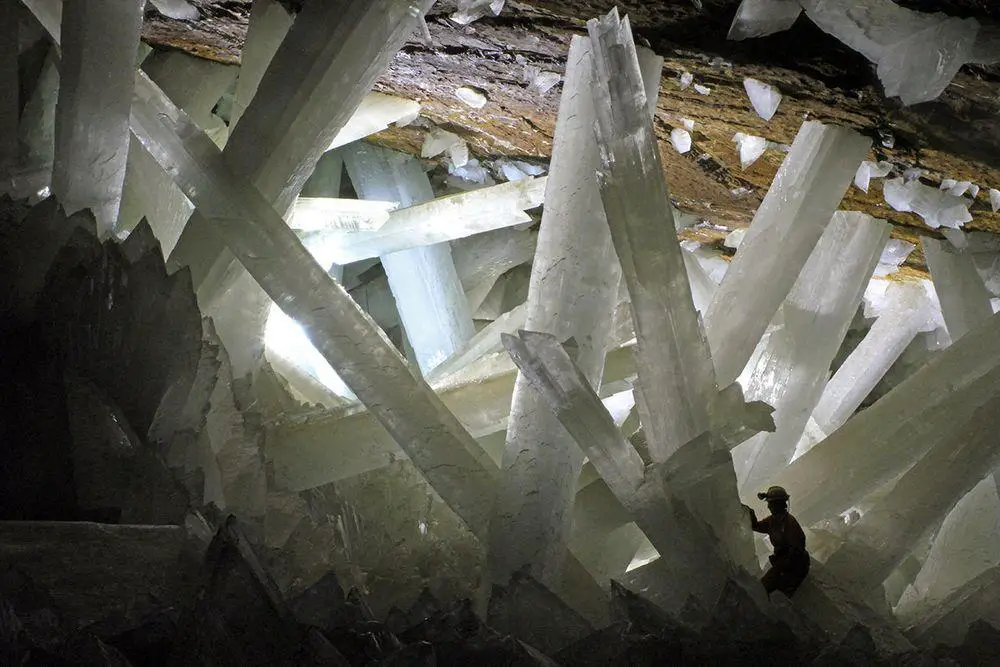Wonder
Abanda Caves – caves of unique bat-eating crocodiles
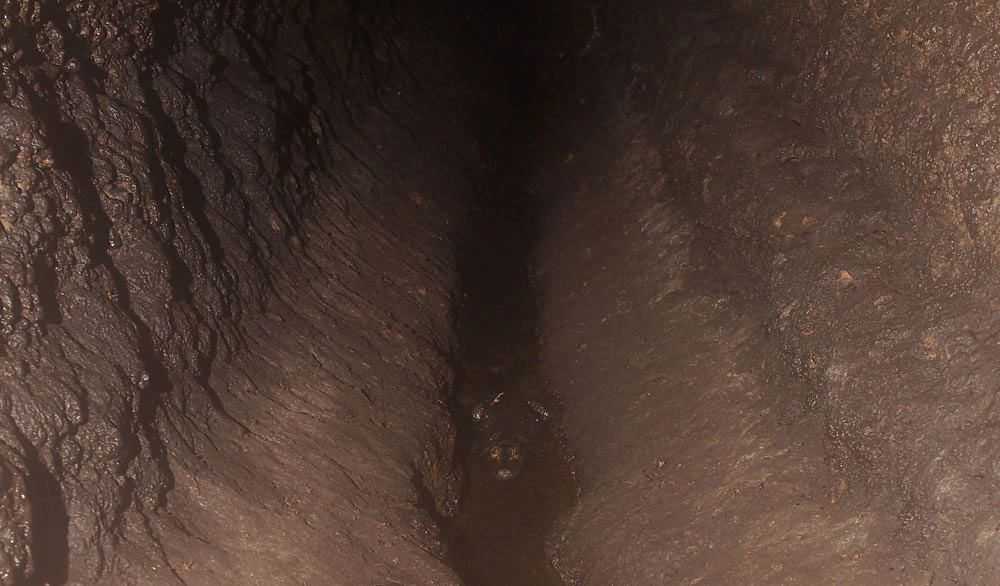
 In short
In short
Group of caves in the rainforest of eastern Gabon – Abanda Caves – has a very special secret. Here, in eternal darkness lives a group of crocodiles which seem to be turning into a new species.
 29.3%
29.3%
GPS coordinates
Location, address
Name in French
Length of caves
Dominating species
Map of the site
If you see this after your page is loaded completely, leafletJS files are missing.
 In detail
In detail
History of discovery
First expedition
Gabon is quite rich with caves. Thus reports about some caves in the remote forests south of Ogooué were not a big surprise.
In the hope to find some archaeological material (which is very scarce here) in 2010, there was arranged an expedition organized by the French Institute of Research for Development and led by archaeologist and geologist Richard Oslisly. Their path through the dense jungle was very hard but there was a success – they found the caves. Explorers found 15 entrances, belonging to two cave systems named Mugumbi (400 m) and Dinguembou (350 m). In most cases, the entrances were just pits – sinkholes to dark passages under the forest.
When the speleologist of the expedition Olivier Testa entered the caves, he was greeted by an immense number of frightened and loud bats, millions of insects, and an unbearable stench of bat guano. But there was something more – two big, glowing eyes were looking at him from the darkness.
To the surprise of researchers, they found that in the caves below the forest live… crocodiles!
Further research
In the next expedition in August 2011, both cave systems were explorer further. One of the cave systems was approached only by descent in 7 meters deep pit. Explorers found some 20 crocodiles.
In May 2015 took place the expedition. It was organized by the Association Hommes des Cavernes (France) and now it was led by Olivier Testa. New caves were discovered in this region as well as many discoveries about the local fauna. Of course, the unusual cave crocodiles were still lurking around.
An interesting and promising find from the 2015 expedition was a cave named Grottes des Minioptères (“Cave of bent-winged bats”) where the sediments and speleothems (stalactites, stalagmites, and similar cave formations) offer an opportunity to explore the biological and climate history of this region.
Geology
Abanda caves have formed in a network of fissures in Cretaceous (Turonian) limestone and represent a group of pits that are interconnected with underground passages. If a creature happens to fall in some of these pits, it can not leave it, if it has no wings or good skills for climbing.
Crocodiles – hostages of caves?
Dwarf crocodiles
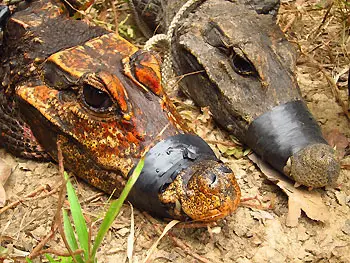
Crocodiles of Abanda Caves belong to the species of the smallest crocodiles in the world – dwarf crocodiles (Osteolaemus tetraspis). These reptiles live in the equatorial forests of West and Central Africa. In spite of the adjective “dwarf”, this is not a small creature – its length reaches 1.5 and even 1.9 m.
Genetic differences
These unique cave crocodiles definitely have genetic differences from the main species – they have lived in isolation for a long time and are different both in their habits and their looks. The largest known cave crocodile is 1.7 m long – which is a very large size for this species. These crocodiles have somewhat wider bodies, they have an orange skin color. This unusual coloration might be caused by the permanent life in water full of fermented bat guano (oh, appreciate your more or less clean bedlinen!).
The life of these creatures is not too sweet – they live in absolute darkness and are almost blind. Their diet is scarce and monotonous, consisting of occasional bats, numerous insects, and algae.
Most likely these cave crocodiles are fast developing into a separate species.
Life in bat guano
Coming to these caves is very complex and it is not easy to find them in the vast rainforest. One has to look carefully and, surprisingly – to feel the smell, because the stench of bat guano is felt some distance from the caves. To the unaccustomed visitor stay in this place is unbearable.
Such is the realm of cave crocodiles – they live among more than 50,000 bats and millions of insects and numerous snakes. In fact, there is a risk to get the Ebola virus here – bats serve as a natural reservoir of this deadly pest. At the same time these caves are promising for biologists – here live also cave shrimps, fishes, and other animals which might be rare or unique.
During the rain season, caves are partly and even fully inundated. This might be the best time for crocodiles – they are actively swimming around and hunting.
Trap or deliberate exile?
It is possible that crocodiles are trapped in these caves for many thousands of years. Maybe in earlier times, crocodiles could leave the caves, but, it seems, reptiles are not leaving these caves now.
Nevertheless, life has shown its admirable ability to adapt: crocodiles live here and even have adapted well to this life. It is not known how large is their population – there definitely are more than 20 crocodiles and their number might reach even some hundreds.
References
- Scientific Expeditions Abanda, Gabon. Accessed on September 7, 2018
- Matthew H. Shirley, Brittany Burtner, Richard Oslisly, David Sebag, Olivier Testa. Diet and body condition of cave‐dwelling dwarf crocodiles (Osteolaemus tetraspis, Cope 1861) in Gabon. African Journal of Ecology, https://doi.org/10.1111/aje.12365. Accessed on September 7, 2018
Abanda Caves are included in the following article:
 Linked articles
Linked articles

Wonders of Gabon
Gabon is a sparsely populated country where 85% is covered with equatorial rainforest. Highlights of this country are impressive ecosystems including unusual relict rainforests which persisted during the ice age thanks to the fog from cold ocean streams nearby. In the country are located also impressive waterfalls and rapids.
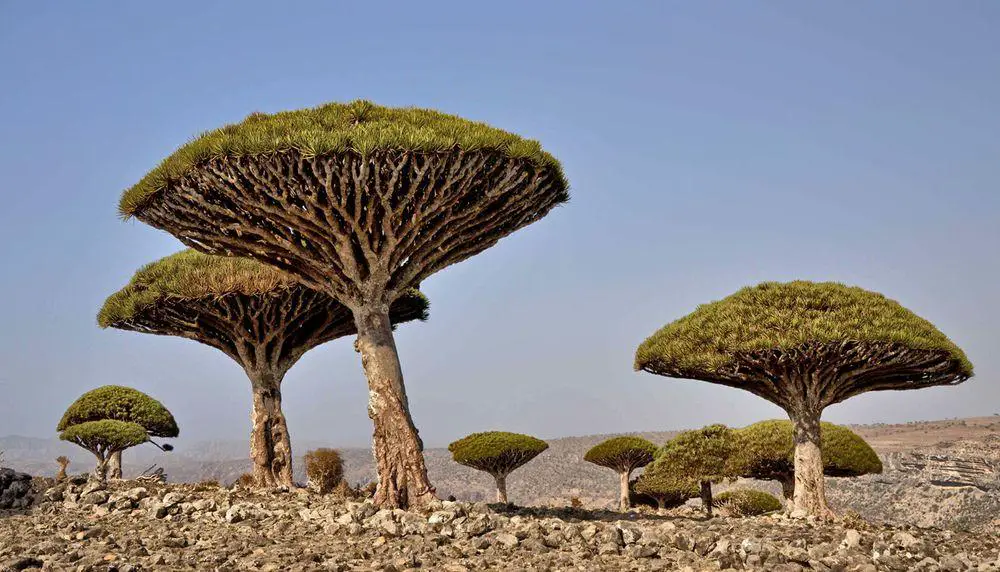
Ecosystems
Biotope is a rather small area with uniform environmental conditions and a specific community of life. Wondermondo describes biotopes and ecosystems which have striking looks, look very beautiful, or have other unusual characteristics.
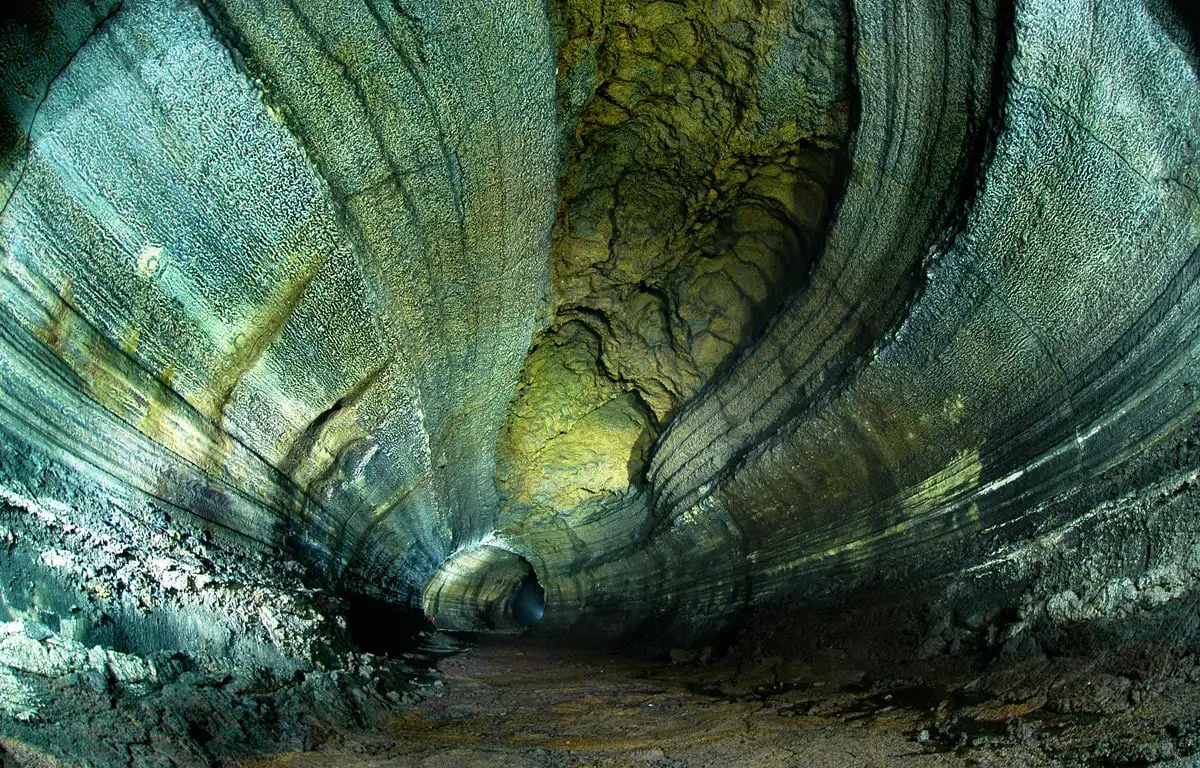
Caves
Every year there are reported exciting discoveries of new caves and discoveries of new qualities such as cave paintings in the ones known before. But there still is a feeling that our knowledge covers just a small part of all these monuments of nature.
Though, those which are known to us, offer a surprising diversity of unusual features and impressive sights.
 Recommended books
Recommended books
Gabon
From the internationally bestselling author of THE MASK OF TIME, THE ORIGINAL SIN, and THE SEVENTH MOON comes an enchanting novel of late 19th Century Africa. Intelligent, charming, and handsome, Jean-Patrice has Paris at his feet. But when he embarks on a passionate affair with the beautiful wife of a superior, his brilliant career in the Civil Service goes south.
Glimpses through the Forest: Memories of Gabon
Situated in Central Africa, the nation of Gabon is a vibrant and mysterious place full of rich history, diverse culture, and stunning biodiversity. In the midst of the African rainforest, a Peace Corps volunteer from Montana is thrust into a new life of adventure and discovery. From close encounters with forest elephants to classroom teaching challenges, this vivid retelling of one man’s experiences takes readers on an extraordinary journey through daily life, cultural events, and ongoing conservation efforts, and shares his love affair with a country that will forever own a piece of his heart.

